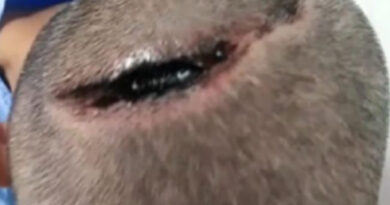Frogs And Toads Discovered From Over 70M Years Ago That Lived Alongside Dinosaurs And Are Almost Identical To Species Today
Researchers in Chile have discovered fossils of frogs and toads from over 70 million years ago that walked alongside dinosaurs and are almost identical to species of frogs found in the wild today.
Both species survived the mass extinction event that wiped out their typically larger peers.
Felipe Suazo, a researcher at the University of Chile, identified specimens belonging to the Calyptocephalellidae family and the Kuruleufenia genus in Chilean Patagonia.
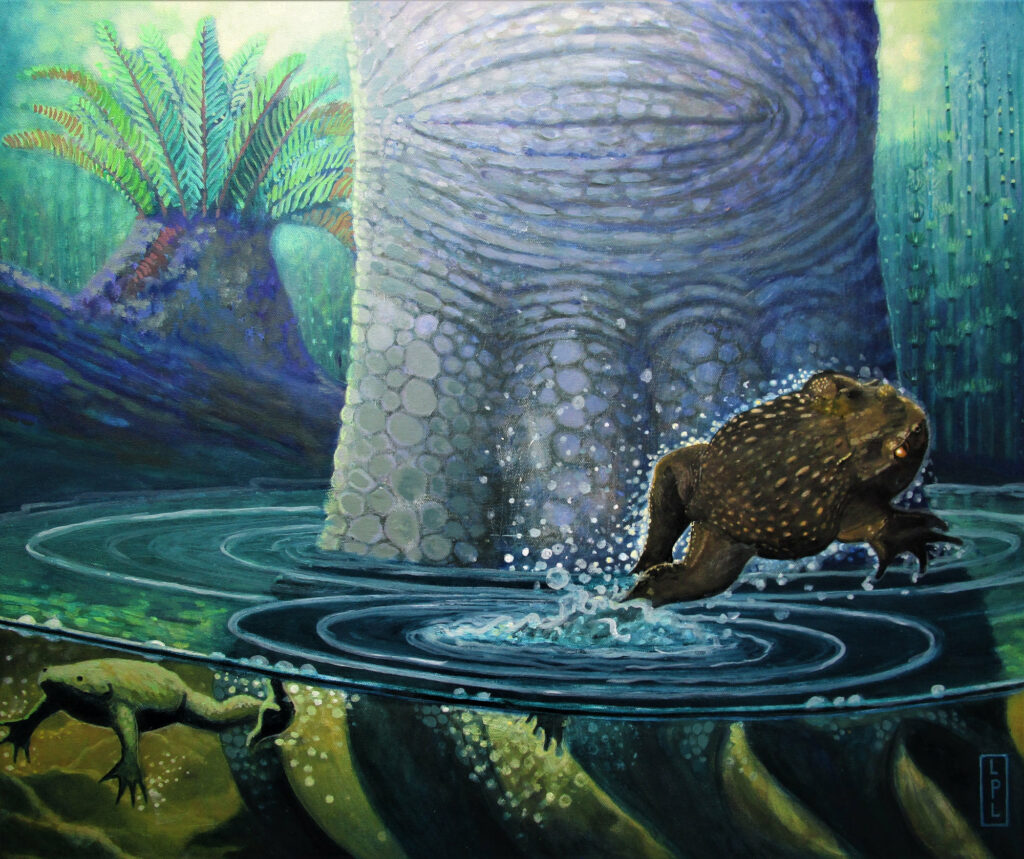
These toads and frogs, respectively, would have lived alongside dinosaurs such as sauropods and hadrosaurs.
The study, published in the journal ‘Cretaceous Research’, confirms that both specimens survived the mass extinction event 66 million years ago widely considered to have wiped out the dinosaurs.
As such, their ancestors, which include the helmeted water toad, also known as the Chilean helmeted bull frog, (Calyptocephalella gayi), are with us today.
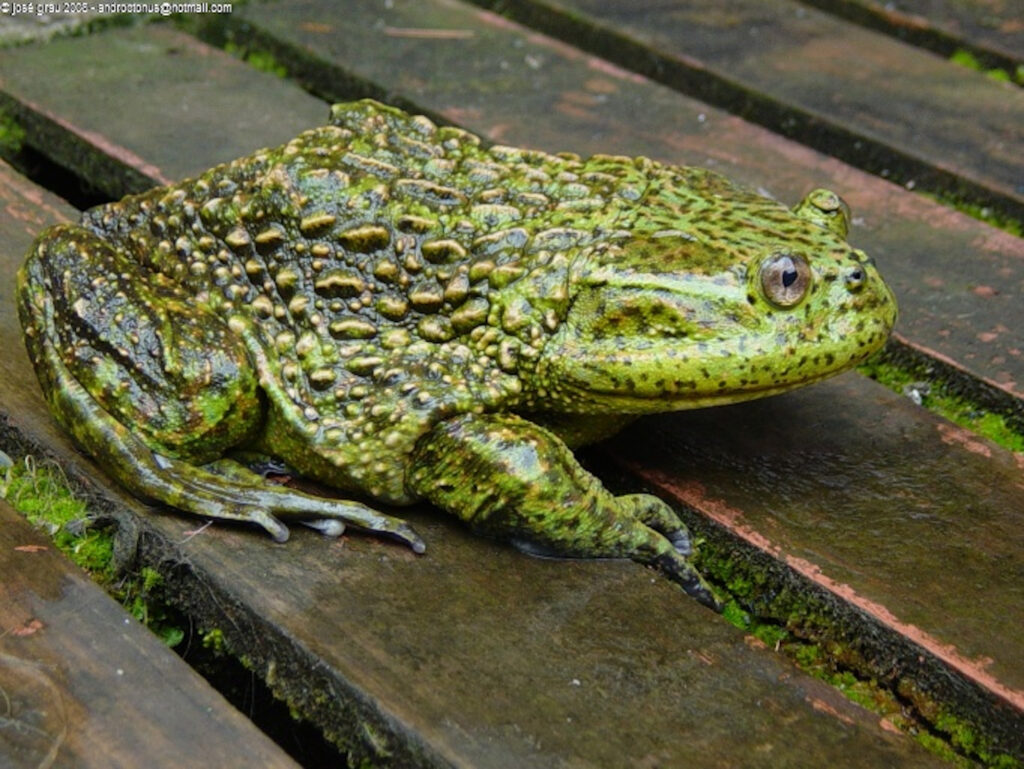
The fossils were discovered in the Rio de las Chinas Valley in the southern province of Ultima Esperanza during paleontological surveys carried out in 2017 and 2018, the results of which have just been revealed now.
The study was carried out in collaboration with Raul Gomez, a researcher at the University of Buenos Aires, who recorded similar fossils in Argentine Patagonia.
Suazo said the frogs lived in freshwater habitats and that Chilean Patagonia is the now the southernmost location in which the Kuruleufenia genus has been found.
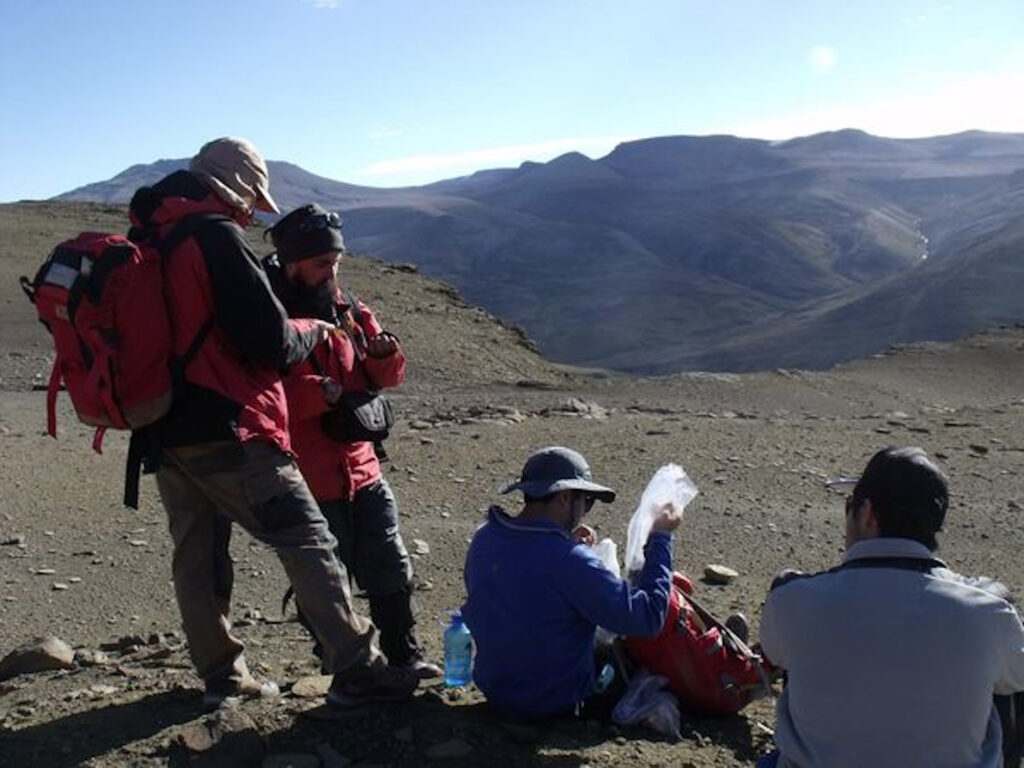
The Calyptocephalellidae fossils date back to the Late Cretaceous epoch up to the Pleistocene epoch and have also been recorded in the Antarctic Peninsula.
The fossils date back 75 to 71 million years, when the climate in the region was very rainy and summer temperatures were mild.
According to Suazo, the specimens “managed to survive the K/Pg extinction that occurred 66 million years ago, approximately.
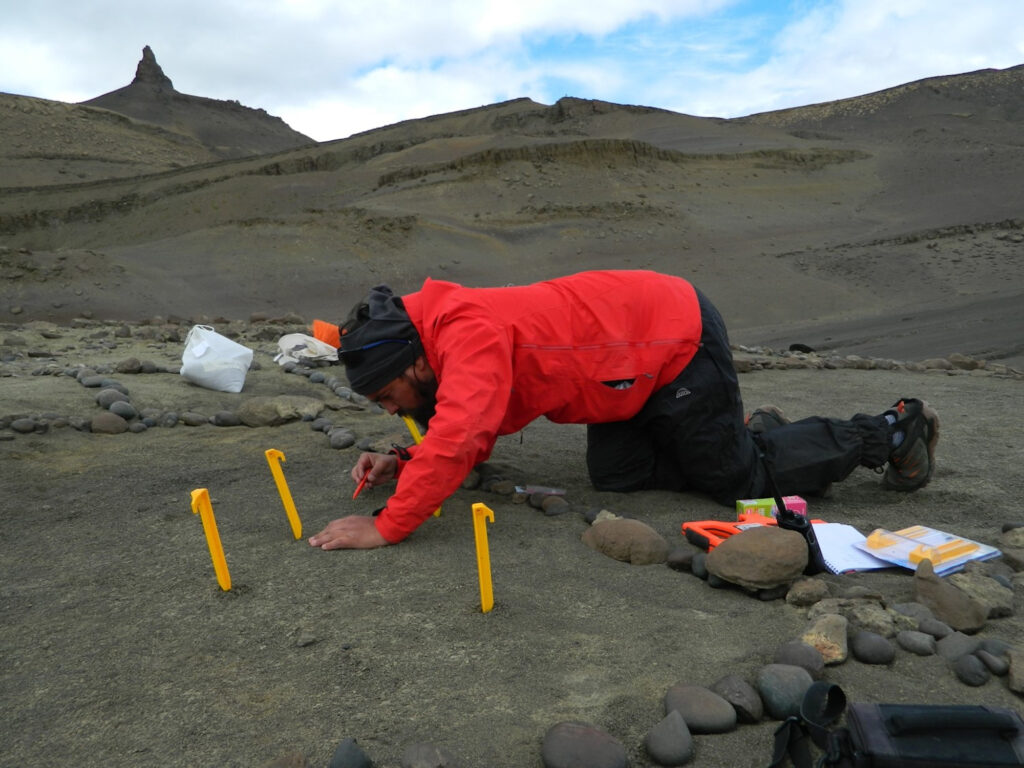
“The reasons why they managed to survive and proliferate during the Cenozoic, the epoch that continues into the Mesozoic, are not clear.”
Regarding the Calyptocephalellidae fossils, Suazo said: “These fossils’ morphology is almost identical to that of the bones of the current Chilean helmeted bull frog (Calyptocephalella gayi), but it was decided for conservative reasons to assign these fossils only to a family level, pending new fossil remains that will allow us to corroborate whether or not they belong to the genus Calyptocephalella or to a new genus still unknown to science.”
The Kuruleufenia fossils, on the other hand, are related to today’s common Surinam toad (Pipa pipa) and African clawed frog (Xenopus laevis).
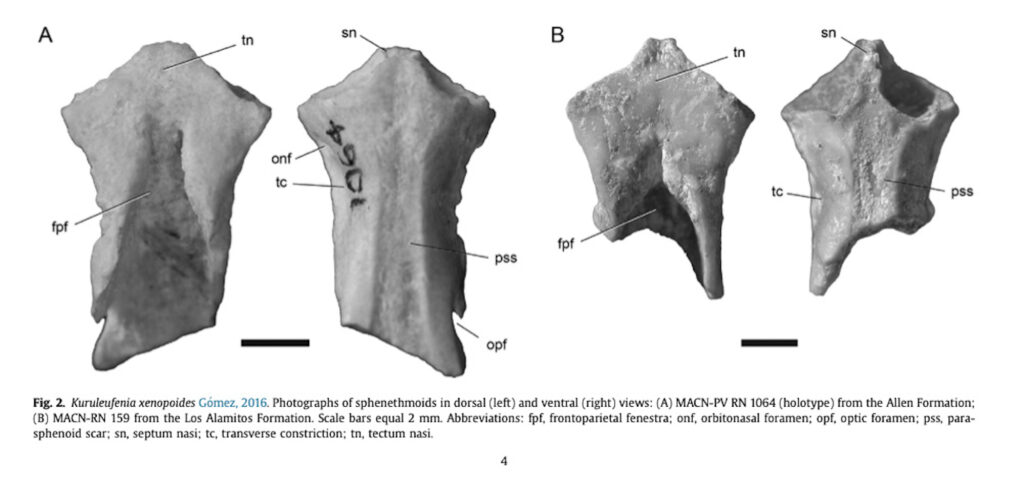
The helmeted water toad is classed as ‘vulnerable’ on the International Union for Conservation of Nature (IUCN) Red List of Threatened Species due to capture for human consumption, habitat loss, pollution, introduced species and the disease chytridiomycosis.

